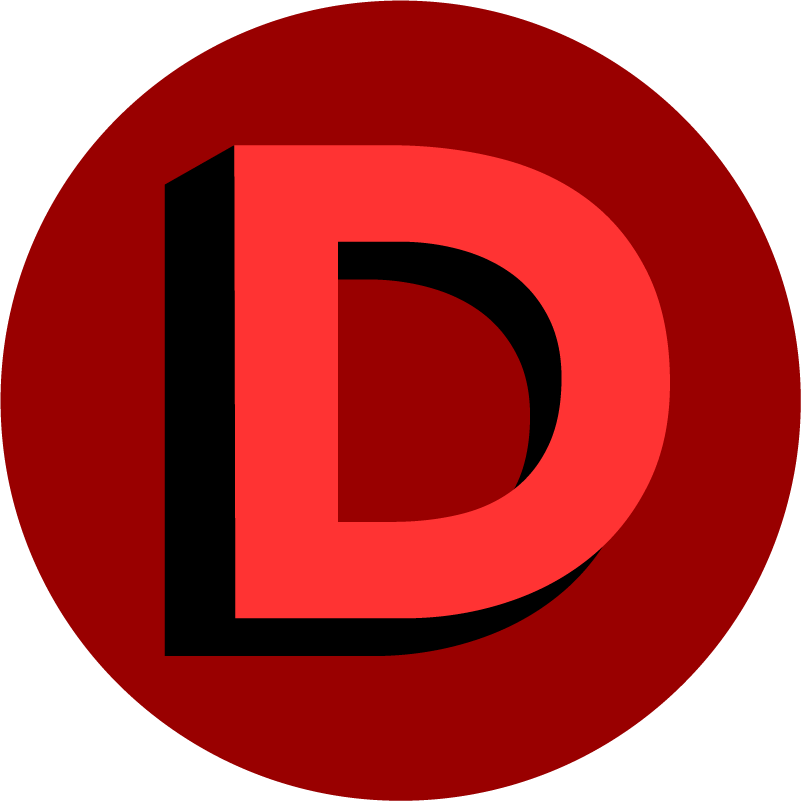The days of analog learning are over. The world has become heavily invested in technology over the past few decades. This means that students now tend to lean towards digital learning, hence the timely intervention of digital learning with e-portfolio. In a world that’s constantly on the go, students hope to learn at any time, wherever they are.
In a chat with Jeff Yan on Digication’s Scholars Conversations, Loyola University, Chicago’s learning portfolio manager, Brody Tate tells us why education needs to shift from the idealistic tendencies of books and theories and tilt towards the individuality of every student. This will only be possible when/if students have the freedom to achieve their potential and the right encouragement for them to utilize this freedom without holding back.

e-Portfolio as an Institutionalized Tool for Student-Centered Learning
While e-portfolios are useful for individual courses, they work best when institutionalized. Therefore, it is not surprising that schools like Loyola University, Chicago have an entire program dedicated to learning portfolios. Programs like this are geared towards helping students link their academic experiences across courses using e-portfolio.
Speaking with Jeff on the podcast, Brody Tate highlights the need for better digital practices in using portfolios. According to him, he reaches out to faculty and encourages them to explore learning with e-portfolio when they are helping students navigate. “I encourage them (faculty) to have better digital practices when they're helping students navigate using portfolios for their work and encourage them to take this work again and share it with others,” he said.
Learning institutions now focus on students’ explorative and creative tendencies. The aim is to open them up to smart, solution-based potentials in practical situations, as opposed to how well students perform in tests, term papers, or exams. The best pedagogical practices these days, are those that pay attention to the importance of student-centered learning. Such practices give learners the chance to explore and express themselves according to their understanding of knowledge gathered both within and outside the classroom.
One of the tropes of digital learning with e-portfolio is that although students are given the freedom to explore, a part of the job lies with the faculty to give them the encouragement they need to express their creativity as part of the learning process.
Learning by Exploring with e-Portfolio
The place of e-portfolio in education is cemented by the fact that it allows students to consciously connect educational experiences and concepts with the hopes of applying them to practical situations. Beyond the final product of any phase of education, be it a bachelor’s degree or a Ph.D., students get the chance to document their learning process. In Brody’s words, “we want students to have access to not only retain the assignments and amazing work and research that they put all this time and energy into they can then also reflect on that experience and have some sort of tangible timeline and visual representation of their learning.”
Teachers also get to understand their students not just as dependents for knowledge but as persons/individuals. With this, different levels of connection between teachers and learners are built. This automatically adds color to the learning and teaching experience.
When students get the chance to explore learning with an e-portfolio, self-regulated learning becomes a norm. The question of where, when, and how learning takes place then lies solely with the learner. Although this will require some level of discipline, it gives students the freedom to explore while learning as part of their development process.
In the teacher’s bid to help students navigate the self-learning process, teachers might create a structure with reflection prompts and encouragement to help learners stay on track. While the content of an e-portfolio can form part of the classroom discussion or activity, learners have the main responsibility of personalizing their learning style. They are also responsible for the content of their e-portfolio such that it reflects their individuality and unique journey through the learning process. The ultimate goal is that students are able to use their e-portfolio to create an identity and demonstrate their perspective of acquired knowledge. They also have the freedom to share the portfolio with whomever they wish to share it with, whenever they want to.
The place of e-portfolio in education transcends beyond the school. With their e-portfolio, students can confidently talk about what they have learned and show proof to back their words. As Brody tells us in Digication’s podcast, there’s been a case where an engineering student got hired for a high-ranking job thanks to their e-portfolio. The student was considered for the role when the hiring committee saw their portfolio. The job was for someone that could build and design a robot. The student had a video of them doing their senior capstone which involved building and designing a robot. With this video, the hiring committee was convinced that the student could do the job because they had proof.
Like the engineering student, an e-portfolio allows learners to explore and document their learning process to make an impact with the acquired knowledge to change the world. We aren’t surprised that Broddy confirms that he has seen “portfolios that highlight aspects of who they (students) are in ways that I never would have known otherwise.” It is not just enough for students to put up LinkedIn profiles describing themselves with industry buzzwords to gain employers’ attention.
The goal should be for students to be able to show proof of what they have acquired through the years and present themselves in dynamic ways that beat norms and stereotypes. We would all agree that this can only be possible when students are able to enjoy the learning process and are given the freedom to learn and explore their scholarly journey.
Catch up with Brody Tate on Digication’s Scholar’s Conversation to learn more about his experience as Loyola University, Chicago’s Learning Portfolio manager.
